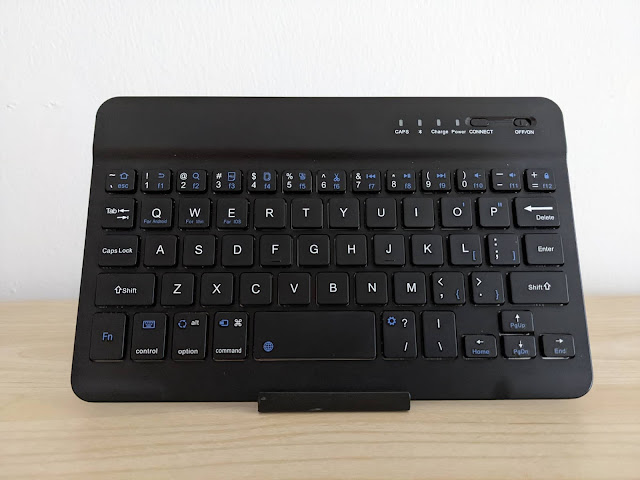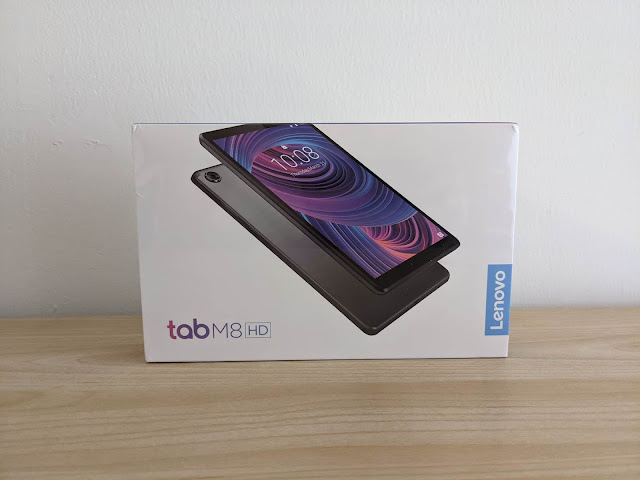IndieWeb: Some Assembly Required
For a couple of months in 2019 I used the Micro.blog microblogging platform. Although it’s based on and inspired to the IndieWeb principles and technical standards, my motivation for using Micro.blog was mostly the rediscovery of blogging that’s a side effect of the IndieWeb.
Blogging has always been my favorite online genre and, in a way or the other, I always blogged, even on social platforms.
But it was still a bit spartan as the other IndieWeb tools I tried. It felt like a mix between a throwback to the early 1990s web, when publishing content required editing HTML, tweaking a site’s design, and familiarizing with network protocols, and contemporary web development with APIs and endpoints.
Consider for example a basic feature like attaching an image to a post. The major traditional blogging and social platforms let you upload an image file and then take care of all the rest. The platforms create a responsive set of thumbnails that don’t bloat the page with the full image, optionally let the user view the image at full resolution in a lightbox or some other way, and generate the required HTML, CSS, source sets, media queries, and code to make all this work seamlessly.
The Micro.blog web client can only display the full resolution version of an uploaded image, which the browser has to download in full when viewing the page. I had to figure how large to make a thumbnail and manually add the code to use it. Other Micro.blog clients such as the macOS and the iOS apps provide better support for images but I have Chrome OS and I can only use the web and Android.
Although it has a few more rough edges this is a major limitation of Micro.blog for me.
The first is the technical standards are still being designed and deployed. Moreover, the existing platforms are in a way experimental because the IndieWeb is currently being built and features tested to see how they work in the field. Also, minimalism seems among the design goals of some of the developers.
A consequence of this state of flux and transition is the IndieWeb provides a range of options, from fully hosted new platforms like Micro.blog that work mostly out of the box, to traditional blogging platforms such as WordPress or Blogger that require adaptation.
Another important reason is IndieWeb tools are usually being built as open-source projects and, as such, resources may be limited. There are some commercial platforms but Micro.blog is a tiny, early-stage startup.
Although I don’t mind being an early adopter and I’m tech-savvy enough to figure how to fix what’s missing, in this age of mature web apps I prefer to focus on writing and content creation. Things are likely going to improve but right now I’m passing on using IndieWeb tools.
If the IndieWeb wants to appeal to ordinary users and provide an alternative for the masses to established social platforms, more attention to features we now take for granted and improved usability are needed. If many blame blogging never going mainstream in part on the complexity of RSS for ordinary users, these same users can’t be expected to edit HTML or CSS code just to add an image to a post.
For these and other reasons I decided to move my blog to Blogger.
Blogging has always been my favorite online genre and, in a way or the other, I always blogged, even on social platforms.
How Micro.blog worked for me
I liked Micro.blog for its immediacy, low-friction posting, and features such as Markdown support.But it was still a bit spartan as the other IndieWeb tools I tried. It felt like a mix between a throwback to the early 1990s web, when publishing content required editing HTML, tweaking a site’s design, and familiarizing with network protocols, and contemporary web development with APIs and endpoints.
Consider for example a basic feature like attaching an image to a post. The major traditional blogging and social platforms let you upload an image file and then take care of all the rest. The platforms create a responsive set of thumbnails that don’t bloat the page with the full image, optionally let the user view the image at full resolution in a lightbox or some other way, and generate the required HTML, CSS, source sets, media queries, and code to make all this work seamlessly.
The Micro.blog web client can only display the full resolution version of an uploaded image, which the browser has to download in full when viewing the page. I had to figure how large to make a thumbnail and manually add the code to use it. Other Micro.blog clients such as the macOS and the iOS apps provide better support for images but I have Chrome OS and I can only use the web and Android.
Although it has a few more rough edges this is a major limitation of Micro.blog for me.
Why using the IndieWeb requires work
There are good reasons why IndieWeb tools may feel spartan or require some work.The first is the technical standards are still being designed and deployed. Moreover, the existing platforms are in a way experimental because the IndieWeb is currently being built and features tested to see how they work in the field. Also, minimalism seems among the design goals of some of the developers.
A consequence of this state of flux and transition is the IndieWeb provides a range of options, from fully hosted new platforms like Micro.blog that work mostly out of the box, to traditional blogging platforms such as WordPress or Blogger that require adaptation.
Another important reason is IndieWeb tools are usually being built as open-source projects and, as such, resources may be limited. There are some commercial platforms but Micro.blog is a tiny, early-stage startup.
Although I don’t mind being an early adopter and I’m tech-savvy enough to figure how to fix what’s missing, in this age of mature web apps I prefer to focus on writing and content creation. Things are likely going to improve but right now I’m passing on using IndieWeb tools.
If the IndieWeb wants to appeal to ordinary users and provide an alternative for the masses to established social platforms, more attention to features we now take for granted and improved usability are needed. If many blame blogging never going mainstream in part on the complexity of RSS for ordinary users, these same users can’t be expected to edit HTML or CSS code just to add an image to a post.
For these and other reasons I decided to move my blog to Blogger.


